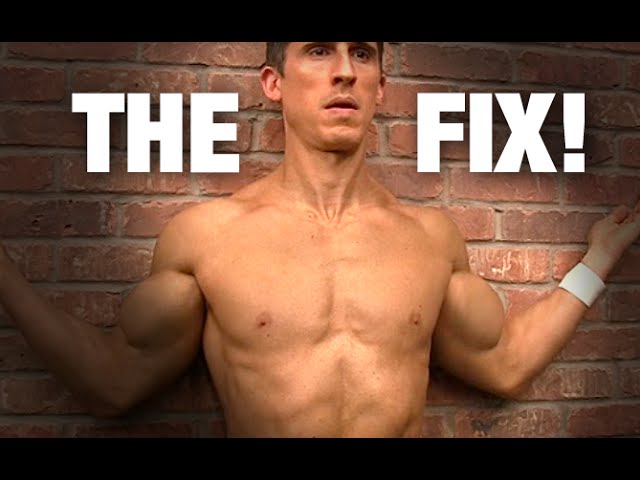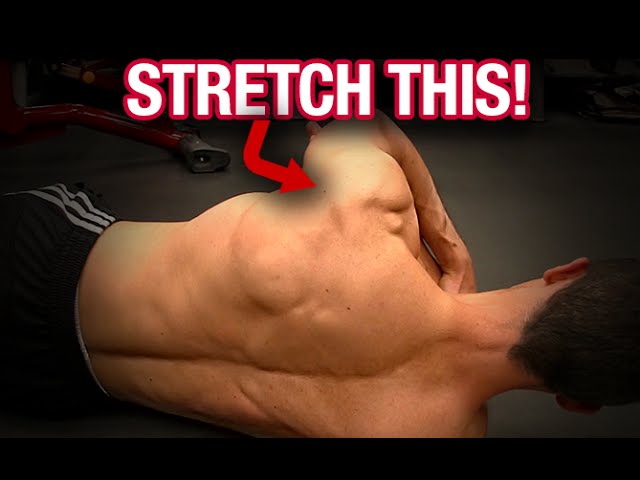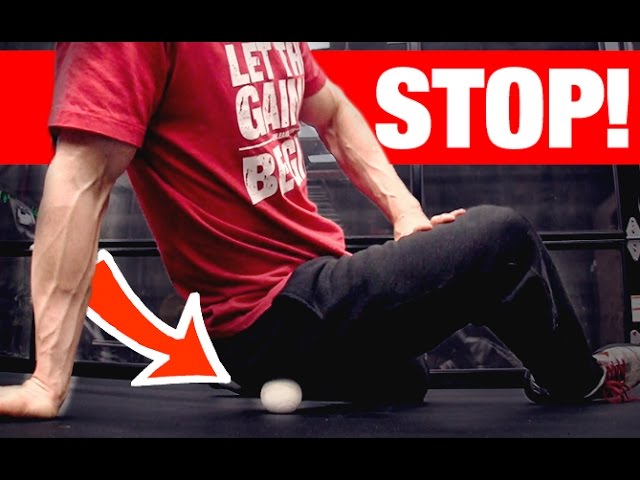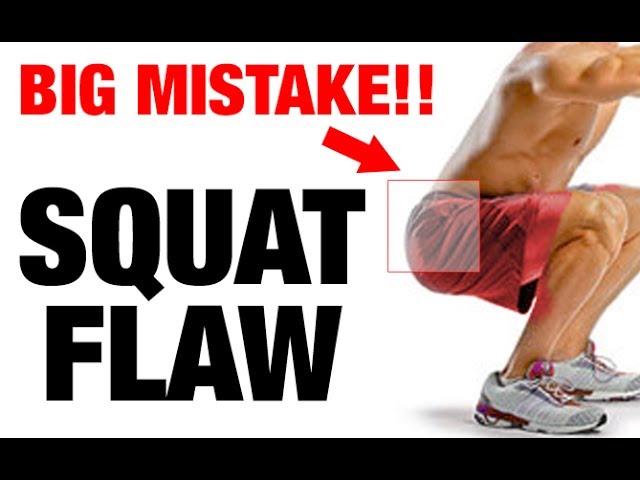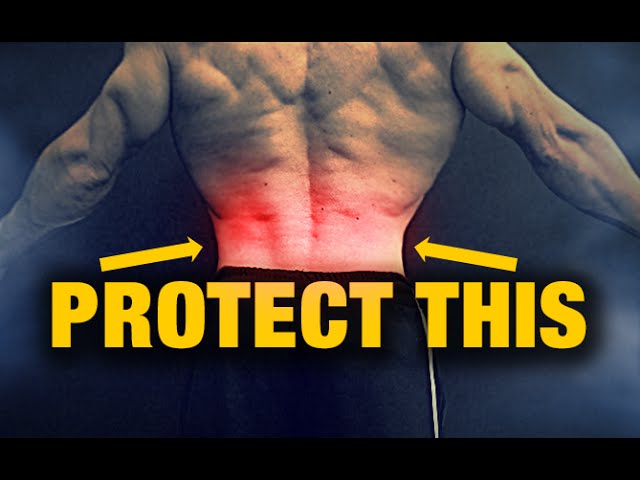Build a ripped athletic body while fixing your shoulders here…
http://athleanx.com/x/get-a-bulletproof-body
Shoulder pain and popping is one of the most common causes of missed workouts. Shoulder injuries are incredibly popular among gym goers, but not surprising when you consider the amount of mobility the shoulder joint has and the many ways we abuse that in our training. In this video, I’m going to show you a short term and long term fix for shoulder pain and the popping, cracking, etc that goes along with it. Start training hard and stop letting your bad shoulders get in the way of your progress in the gym.
First, you must understand that there are many potential causes of shoulder pain when working out. Most often however it comes from an imbalance between the internal and external rotators of the shoulder. Unless you make a conscious effort to incorporate external rotation exercises into your shoulder workouts you will not do anything to counteract this from happening.
The role of the rotator cuff muscles in your shoulders are to do exactly this. They are there for external rotation of the glenohumeral joint to help keep the arm in a good position as you raise it up overhead. The rotator cuff muscles (three of the four muscles) will externally rotate the humerus to keep it from banging into the acromion as you elevate the arm. They also keep the head of the ball and socket centered in the socket with the elevation as well.
In order to temporarily reposition an internally rotated head however, you want to do the drill that I’m showing you here. Begin by placing your back against a wall and trying to keep the back of your elbows and the radial side of your index fingers in contact with the wall. Try to raise both arms overhead (keeping the elbows against the wall every inch of the way until you reach the height of your shoulders). At this point you will allow your elbows to come off the wall but you want to keep your fingers against the wall for the remainder of the raise.
Slowly lower your arms back down to your sides and repeat the movement for a total of 5 to 6 reps. You may find that with each rep you are able to keep your fingers and elbows in contact with the wall further and further. When done, step away from the wall and attempt to raise your arms up overhead again. If you had shoulder pain and popping or clicking before, you should see that almost all of it is gone now.
You’ve effectively repositioned your humerus by activating the shoulder external rotators. This is a short term fix however. In order to do this long term you must incorporate rotator cuff strengthening into your daily workout program. We have a complete training program that not only helps you to build ripped athletic muscle but keeps your shoulders and joints healthy at the same time. This is called the ATHLEAN-X Training System. You can get this program at http://athleanx.com and start seeing your best and safest results ever.
For more videos for shoulder pain when working out as well as exercises for shoulder pain, be sure to subscribe to our channel here on youtube at http://youtube.com/user/jdcav24
